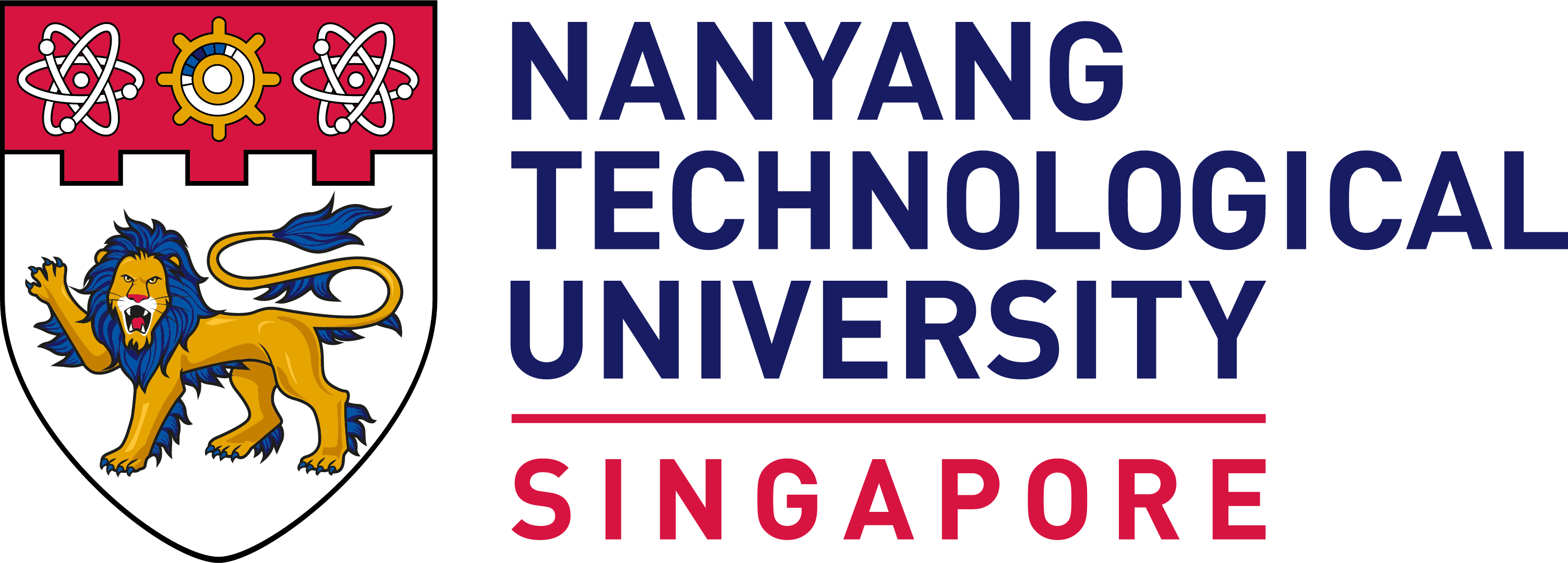
Stretchable Touch Sensors or Panels Based on Ionic Conductors
Synopsis
This invention presents stretchable touch sensors based on ionic conductors that redefine touch-sensitive interfaces with their unparalleled flexibility, transparency and durability. These sensors adapt to irregular shapes and deformable surfaces, making it applicable in consumer electronics, healthcare and beyond. By offering enhanced tactile feedback and immersive user experiences, this invention paves the way for advanced human-machine interaction.
Opportunity
Stretchable touch sensors based on ionic conductors offer significant market opportunities across various industries. The global market for touch sensors, valued at US$4.9 billion in 2023, is expected to reach approximately US$11.5 billion by 2030, driven by the increasing demand for electronic devices equipped with touch interfaces.
These sensors combine flexibility, transparency and durability, addressing limitations in traditional touch technology. Consumer electronics, including smartphones, tablets and wearables, can benefit from these sensors through enhanced user experience with flexible, responsive interfaces. In healthcare, these sensors can be integrated into medical wearables and diagnostic tools, providing precise and comfortable touch input for patient monitoring and diagnostics. The automotive and aerospace industries can design interactive vehicle interiors, while industrial automation and robotics benefit from enhanced tactile feedback and control on deformable surfaces.
These sensors also offer opportunities in sports and gaming, fashion tech, medical simulation and more. Companies investing in this technology can tap into a wide range of opportunities across these sectors, potentially reshaping how we interact with devices, wearables and our surroundings. The adaptability, durability and versatility of these sensors position them as a key technology in the future of human-machine interfaces.
Technology
These sensors work by measuring changes in electrical properties such as resistance or capacitance when pressure or touch is applied. The ionic conductor and substrate deform together, making the sensors suitable for various applications.
One of the key advantages of these sensors is their flexibility. They can deform and stretch without losing functionality, conforming to curved or flexible surfaces. They are also highly transparent, making them suitable for optical applications such as wearable displays. They are also durable, with the ability to withstand repeated stretching without failure. Additionally, these sensors are soft and comfortable to touch, ideal for human interaction.
Overall, these sensors offer a versatile and innovative solution for creating touch-sensitive interfaces in industries ranging from wearable technology and healthcare devices to soft robotics and interactive displays. Their combination of flexibility, transparency and durability makes them a promising technology for the future of human-machine interaction.

Figure 1: Stretchable Touch Sensors.
Applications & Advantages
Applications
Main application areas include:
- Consumer electronics (smartphones, tablets, wearables)
- Healthcare and biomedical devices (medical wearables, diagnostics)
- Automotive and aerospace (interactive vehicle interiors)
- Industrial automation and robotics (tactile feedback)
- Sports and gaming (interactive sports equipment, gaming controllers)
- Fashion tech (smart textiles, interactive clothing)
- Medical simulations (realistic touch interactions)
Advantages
- Flexibility and stretchability
- Transparency for optical applications
- Durability and resilience
- Comfortable interaction with human skin
- Adaptability to irregular shapes
- Enhanced tactile feedback
- Immersive user experiences


.tmb-listing.jpg?Culture=en&sfvrsn=29c7e020_1)

.tmb-listing.jpg?Culture=en&sfvrsn=3b74ec1c_1)
-and-the-coated-wood-(ntu-singapore).tmb-listing.jpg?Culture=en&sfvrsn=624bb80c_1)









